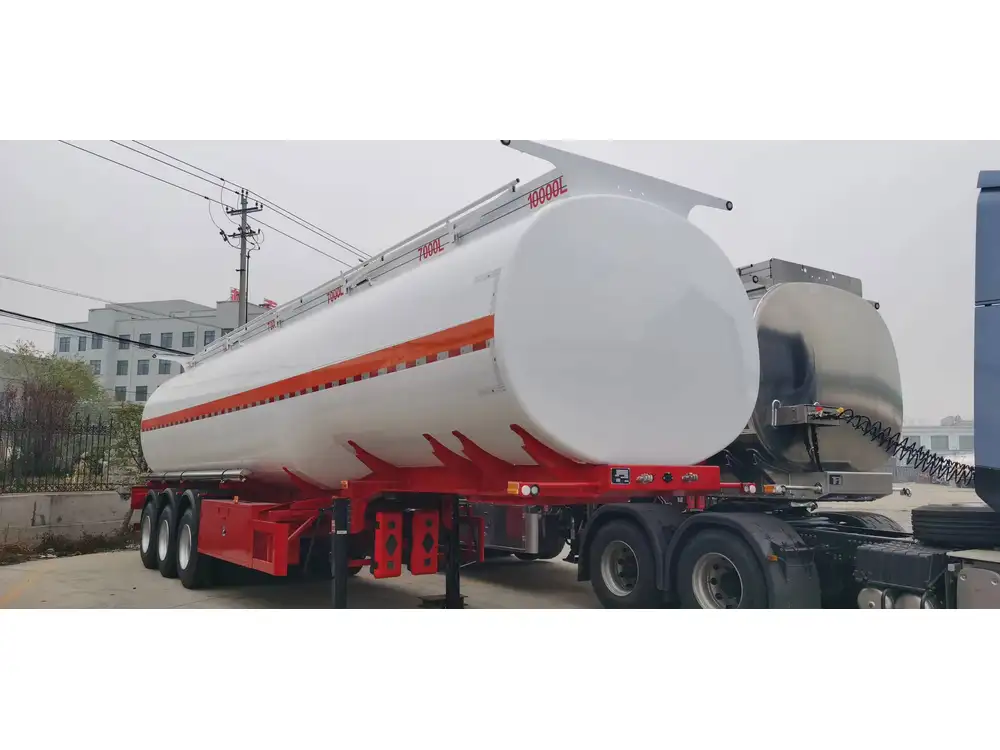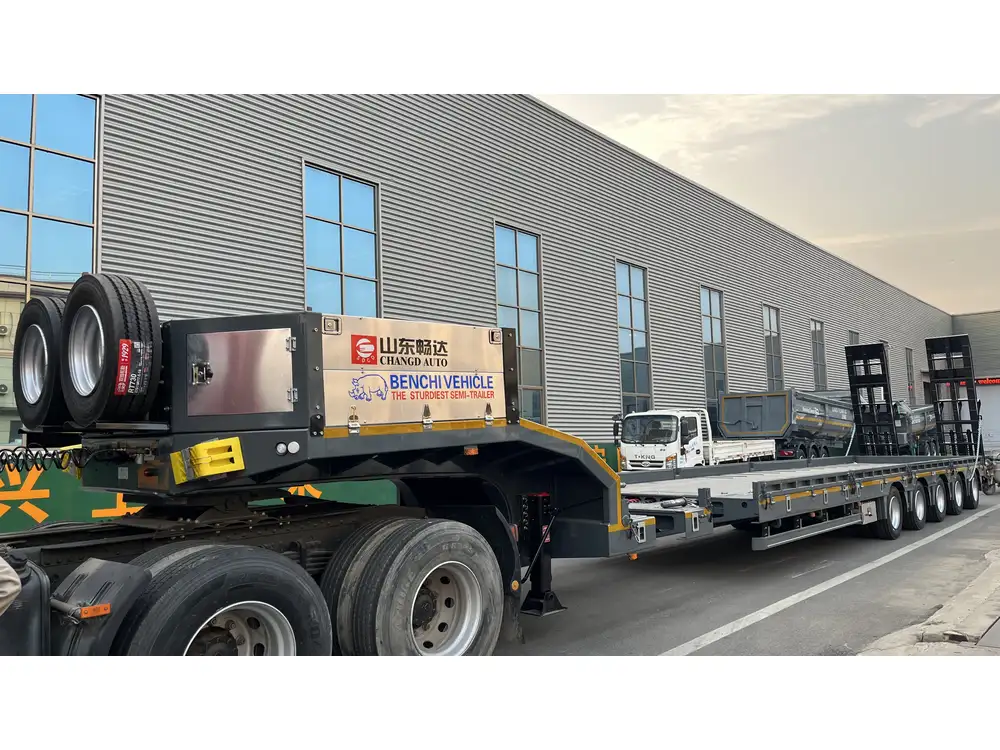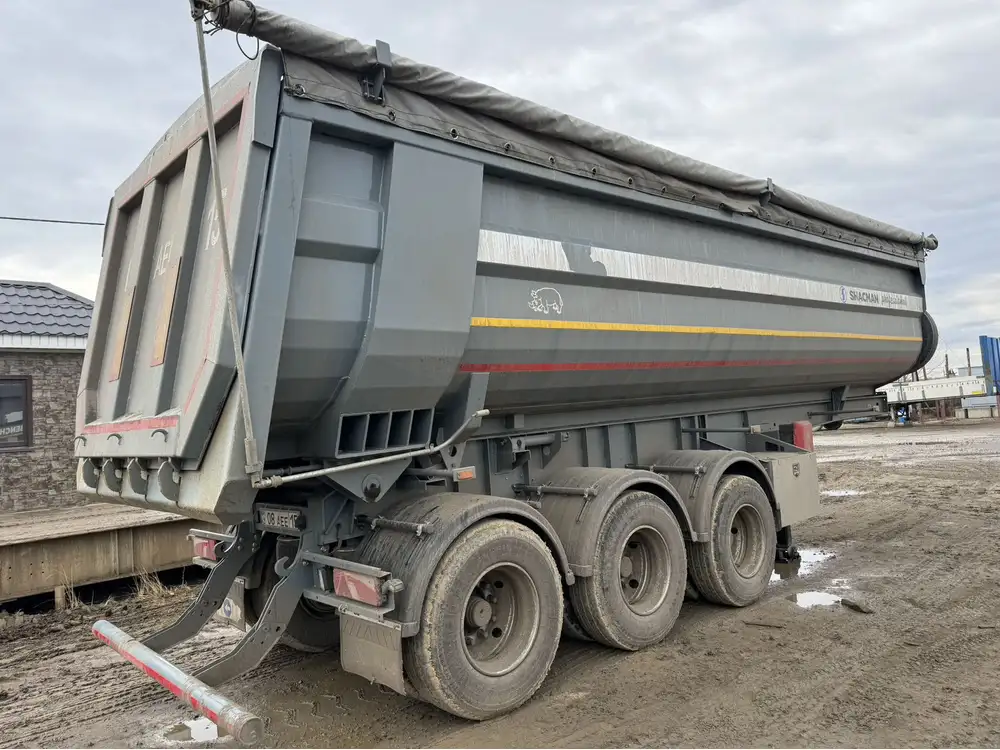Introduction to Semi-Trailer Economics
The semi-trailer industry is a complex realm governed by material value, market dynamics, and regulatory frameworks. Among the critical points of interest for fleet owners, operators, and even hobbyists is understanding the scrap value of a 53-foot semi-trailer. This subject encompasses various factors from its construction materials to market demand, influencing not only resale potential but also the end-of-life calculations for many trucking businesses. This guide aims to dissect the components influencing scrap value comprehensively.
Defining Scrap Value
Scrap value refers to the monetary worth of a semi-trailer after it has reached the end of its useful life, essentially the market price for recycled components. This figure can vary dramatically based on several factors, including:
- Material Composition: The bulk of a semi-trailer consists of materials such as steel, aluminum, rubber (tires), and sometimes composite materials.
- Market Demand for Scrap Materials: Prices fluctuate based on supply and demand; higher demand for steel or aluminum can significantly elevate a trailer’s scrap value.
- Trailer Condition: The physical state of the components (rust, dents, or structural damage) ultimately influences how much can be recouped during scrapping.

Table: Scrap Value Factors Analysis
| Factor | Description |
|---|---|
| Material Composition | Predominantly steel and aluminum |
| Market Demand | Today’s prices for scrap materials |
| Trailer Condition | Impact of wear and tear on overall value |
| Regional Differences | Scrap value varies geographically |
| Current Economic Climate | Effects of global market trends on scrap values |
Material Composition Breakdown
Steel and Aluminum
The framework of a 53-foot semi-trailer primarily consists of steel, although modern designs may also integrate aluminum. Steel is notably more robust but heavier, which can lead to lower overall scrap value when considering weight limitations. Aluminum, in contrast, is lighter and often commands a higher price, although it tends to be less durable.

Key Points:
- Steel Scraps: Anywhere from $0.10 to $0.15 per pound, with variance based on local pricing.
- Aluminum Scraps: Typically priced between $0.60 to $0.90 per pound, benefiting from market demand spikes.
Rubber and Additional Components
The tires and other accessories also contribute to the scrap value, albeit to a lesser extent. Rubber recycling has gained traction due to environmental concerns, paving the way for a burgeoning market.
Considerations:
- Tires: Priced around $2 to $5 each, depending on tread condition and size.
- Other Components: Lighting, axles, and suspension parts also offer minor value, usually integrated into bulk scrap deals.

Market Demand Impacts
Market demand plays a crucial role in determining the scrap value at any given time. The prices for various metals fluctuate due to economic conditions and global demand. For instance, when local manufacturers require substantial quantities of steel or aluminum, the prices can dramatically increase, impacting the overall profitability of scrapping a semi-trailer.
Recent Trends:
- Increased urbanization and construction often lead to heightened demand for metal materials.
- Global shifts towards sustainability and recycling initiatives have positively influenced the market for used materials.
Evaluating the Condition of Your Semi-Trailer
The evaluation of your semi-trailer’s condition is pivotal in estimating its scrap value. This encompasses external conditions, such as rust or structural integrity, and internal components like the braking system and electrical configurations.

Points to Evaluate:
- Structural Integrity: Check for major fractures or bending in the frame. A compromised frame will lower the overall value significantly.
- Rust: Surface rust may be remedied, but deep-seated rust can render sections of the trailer unusable.
- Tires and Suspension: Worn tires significantly drop the scrap value as they aren’t easily recycled in poor condition.
Regional Differences in Scrap Value
The location in which a semi-trailer is scrapped plays a significant role in its value. Some regions have well-established recycling facilities, while others may lack such infrastructure, affecting local market dynamics.
Geographic Variations:
- Urban areas with numerous scrapping facilities tend to offer higher prices due to competitive practice.
- Rural locations may see lower offers, as fewer facilities mean limited options for recycling.

Analyzing the Current Economic Climate
The broader economic setting cannot be ignored; global economic stability or volatility profoundly impacts commodity prices, directly affecting scrap values.
Economic Indicators:
- Inflation Rates: Rising inflation often correlates with increased scrap material prices.
- Industry Demand: Construction booms often spike demand for steel and aluminum, resulting in heightened trailer scrap values.
Practical Steps for Determining Scrap Value
When evaluating a 53-foot semi-trailer for scrapping, thorough analysis and the right approach can maximize return on investment. Below are steps to facilitate this process effectively:

Steps to Determine Scrap Value
Assess the Trailer Condition:
- Conduct a comprehensive inspection, documenting any structural damage or areas with significant rust.
Research Recycling Facilities:
- Identify local recycling centers and their respective offers for scrap metal; reach out for quotes regarding specific weight and condition.
Calculate Material Composition:
- Estimate the weight of metals based on material types (steel vs. aluminum) and assess the composition of other relevant parts.
Stay Updated with Market Prices:
- Monitor daily closures on metal prices in reputable financial news outlets or scrap metal pricing aggregators.
Receive Multiple Offers:
- Always seek multiple quotes before proceeding with scrapping. Prices can vary widely from one service provider to another.
List: Actionable Checklist for Owners
- [ ] Inspect your semi-trailer thoroughly.
- [ ] Document all findings with photographs and notes.
- [ ] Reach out to local scrap yards for price quotes.
- [ ] Confirm regional pricing trends.
- [ ] Execute a sale with a reliable provider.
Conclusion: Maximizing the Scrap Value of Your Semi-Trailer
Understanding the intricacies behind the scrap value of a 53-foot semi-trailer necessitates a deep dive into material composition, the market landscape, and current economic conditions. By accurately evaluating the trailer’s condition, researching market trends, and consulting multiple scrap facilities, owners can optimize their returns.
Ultimately, being knowledgeable about the factors that elevate or diminish scrap value not only informs future disposal decisions but also helps secure the most lucrative outcomes possible for assets nearing the end of their operational lifespan.
This comprehensive approach ensures users can navigate the complexities of scrap values effectively, thereby enhancing their overall business strategy in the semi-trailer industry.



